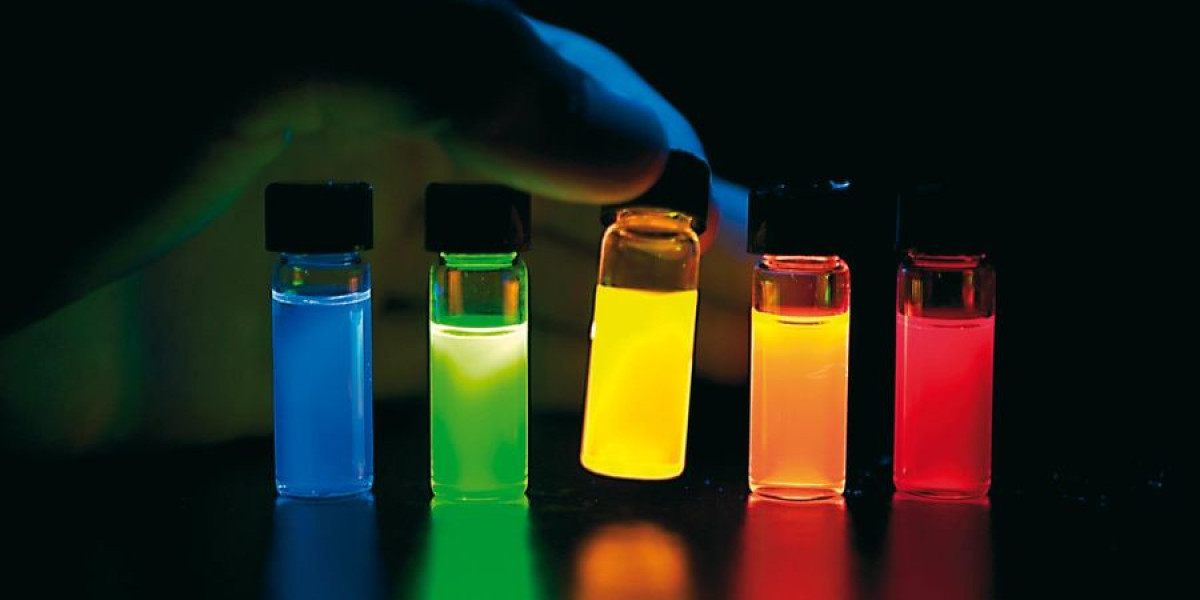An IoT healthcare facility is like a hub of smart devices that work together to improve patient care. These devices, such as wearable sensors and medical equipment, are connected to the Internet and can collect and share data. This allows doctors and providers to monitor patients' vital signs in real time and track medical resources more efficiently. With IoT, healthcare professionals can provide better and more proactive care, leading to improved patient outcomes. However, there are challenges to implementing IoT in healthcare, such as data security and privacy concerns. Despite these challenges, IoT is transforming modern healthcare and shaping a better future for all.
How it Works
In the field of healthcare, IoT-based healthcare systems gather various patient information and receive input from doctors and medical professionals. An excellent example of this is continuous glucose monitoring for insulin pens.
These devices are capable of communicating with each other and taking crucial actions that can potentially save someone's life. Once the data is collected, an IoT healthcare device transmits this vital information to the cloud, allowing doctors to take appropriate action.
Based on this, it can be concluded that the application of IoT in healthcare has the potential to enhance a patient's well-being, increase productivity among healthcare employees, and improve hospital workflow.
The workflow of IoT healthcare can be explained in detail as follows:
- A sensor collects data from a patient, and doctors or nurses input additional information.
- AI-driven algorithms, such as Machine Learning (ML), are utilized to analyze the gathered data.
- The device then determines whether to take action or transmit the information to the cloud.
- Doctors or healthcare practitioners can make informed decisions and take necessary actions based on the data provided by IoT healthcare solutions.
Advantages of IoT
The main benefits of IoT in healthcare are:
- Cost Reduction
IoT allows for real-time patient monitoring, which helps reduce unnecessary doctor visits, hospital stays, and readmissions.
- Enhanced Treatment
It enables doctors to make informed decisions based on evidence and promotes transparency.
- Quicker Disease Diagnosis
Continuous monitoring and real-time data aid in diagnosing diseases early or even before symptoms appear.
- Proactive Treatment
Continuous health monitoring allows for proactive medical care.
- Drugs and Equipment Management
Managing drugs and medical equipment efficiently is a challenge in healthcare. Connected devices help in cost-effective management.
- Error Reduction
Data from IoT devices aids in decision-making and ensures smooth healthcare operations with fewer errors and costs.
Despite its benefits, healthcare IoT faces challenges due to the large amount of data captured by connected devices, raising concerns about data security.
It is essential to implement proper security measures. IoT opens up new possibilities for patient care through real-time monitoring and access to health data. This data is valuable for healthcare providers to enhance patient health and experiences, create revenue opportunities, and improve operations. Embracing this digital transformation can set healthcare providers apart in our increasingly connected world.
Healthcare Tracking Gadgets
IoT gadgets provide many new chances for healthcare workers to keep an eye on patients, and for patients to keep track of themselves. The different wearable IoT gadgets come with a range of advantages and difficulties for healthcare providers and their patients.
- Remote patient monitoring gadgets
Remote patient monitoring is a popular way to use IoT devices in healthcare. These devices can gather important health information, such as heart rate, blood pressure, and temperature, from patients who are not at the doctor's office. This means that patients don't have to travel to the doctor or keep track of their own data.
Once the IoT device collects the patient's information, it sends it to a software application. This allows healthcare professionals and patients to easily view the data. Sometimes, algorithms are used to analyze the information and make recommendations for treatment or send alerts. For example, if an IoT sensor detects a patient's heart rate is too low, it can send an alert to the doctor so they can help.
One big concern with remote patient monitoring devices is keeping the personal data they collect safe and private. It's important to make sure that this information doesn't end up in the wrong hands.
- Glucose monitoring
Monitoring glucose levels can be a hassle for the millions of people with diabetes. It's not just inconvenient to check levels and write them down manually, but it also only gives a snapshot of glucose levels at that moment. If levels change a lot, occasional testing might not catch any issues.
IoT devices can make things easier by keeping track of glucose levels automatically and continuously. These devices get rid of the need for manual records and can alert patients if levels are off.
The main challenges are creating an IoT device for glucose monitoring that:
- Is small enough to monitor constantly without bothering patients
- Doesn't use up so much power that it needs frequent recharging.
Even though these challenges exist, devices that tackle them have the potential to change how patients manage glucose monitoring.
- Heart rate monitoring
Heart rate monitoring can be difficult, just like monitoring glucose levels. Even patients in healthcare facilities can struggle with keeping track of their heart rates. Checking heart rates periodically may not catch sudden changes, and traditional devices in hospitals require patients to be connected to machines all the time, limiting their movement.
Nowadays, there are many small IoT devices that can monitor heart rates, allowing patients to be mobile while still keeping an eye on their hearts. While achieving perfect accuracy is still a bit tricky, most modern devices can provide results that are around 90 percent accurate or even better.
Example Workflow
So, how can patient data from medical devices be transmitted to the doctors? Practitioners have to use Practice management software to get necessary information:
- Device Setup: A wearable device measures a patient’s heart rate and transmits the data via Bluetooth to a local hub.
- Data Transmission: The hub sends the data over Wi-Fi to the PMS using an API.
- Data Processing: The PMS receives the data, processes it (e.g., filtering, aggregating), and stores it in the patient’s electronic health record.
- Notification: If the heart rate exceeds a certain threshold, the PMS generates an alert for the practitioner.
- Practitioner Access: The practitioner logs into the PMS, views the alert, and accesses the detailed data through a dashboard.
Conclusion
IoT is very important in healthcare, because it helps with things like remote medical assistance and data tracking. But there are some security issues with IoT. Despite this, more and more IoT things are being used, such as wearables and smart pills. Using IoT in healthcare can make patients better, save money and prevent problems. So it's a big deal for doctors to use IoT to take care of patients.















